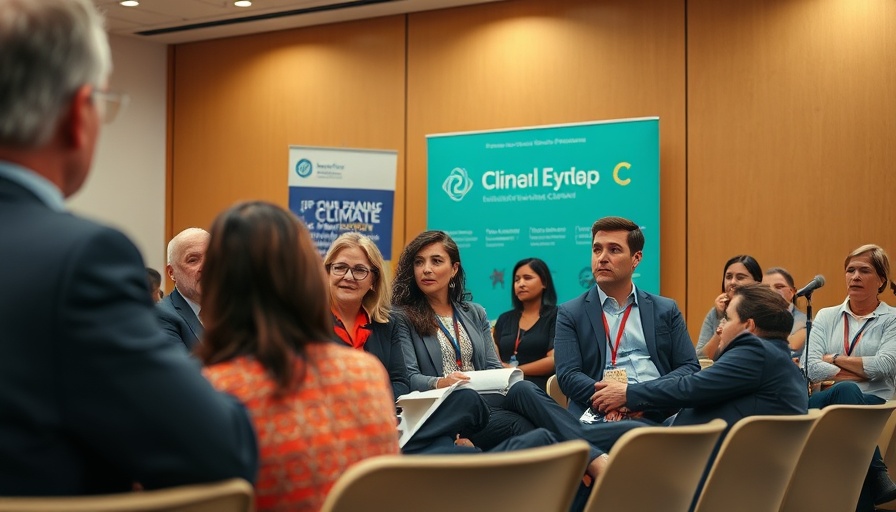
Baboon Conflicts: A Growing Issue in Urban Areas
As urban environments expand, conflicts between wildlife and human populations are becoming increasingly prevalent. Cape Town has found itself at the center of this issue, particularly with the Chacma baboons. Recent proposals by the Cape Peninsula Baboon Management Joint Task Team to remove several baboon troops highlight the often fraught relationship between these animals and residents. The ongoing skirmishes lead not only to property damage but also raise ethical questions regarding coexistence and wildlife management.
Why Are Baboons Raiding Neighborhoods?
The foraging behavior of baboons in residential areas is largely driven by resource availability. Humans contribute to this situation by leaving out food waste, leading to an increase in sightings. This phenomenon, while alarming for residents, illustrates a larger systemic issue regarding waste management policies, which tie back to broader governmental challenges in urban planning and environmental conservation. By ignoring the root causes, such as poor waste disposal, local authorities miss opportunities to implement long-term solutions.
The Role of Arts in Addressing Conflicts
As tensions rise, artistic approaches to understanding the human-animal conflict bring an added layer of discourse. The theatre production "Unruly," crafted by Dr. Dylan McGarry, seeks to engage the public in a conversation about the complexities of living alongside wildlife. By exploring the survival narratives of baboons and their historical sacrifices, this narrative prompts residents to reflect on their own struggles with coexistence. The play serves not just as entertainment but as a catalyst for community dialogue and potential policy shifts.
Challenges in Managing Wildlife
The proposal to remove baboon troops comes amidst ongoing debates about effective wildlife management strategies. Critics argue that relocation may cause more harm, either disrupting the social structure of baboon families or leading to increased human-wildlife conflicts in neighboring areas. Sustainable solutions must be rooted in ecological principles and prioritize education and public engagement alongside direct intervention.
Lessons from Other Urban Environments
Globally, cities like Los Angeles and San Francisco have successfully integrated wildlife management into their urban planning. Initiatives that involve community workshops, public education regarding waste disposal, and strategies for coexistence have yielded positive results. Cape Town can learn from these precedents, recognizing that managing wildlife requires cooperation among residents, local authorities, and conservation entities. By redefining relationships with urban wildlife, cities can save both animal and human lives.
The Broader Implications of Baboon Management
Beyond the immediate issues of baboon management lies an exploration of systemic government policies and their impact on local communities. The challenge reflects broader themes seen in South African politics: public service delivery, community rights, and environmental justice. As residents react to proposed interventions, the government must consider how these measures align with concerns about transparency, accountability, and the need for innovative, participatory governance.
Conclusion: Toward a New Understanding
The management of baboons in Cape Town encapsulates significant issues around urban wildlife, ethical governance, and community responsibility. Residents and policymakers must engage in a constructive dialogue that incorporates diverse perspectives on coexistence. Only by addressing the underlying causes and fostering open conversations can Cape Town hope to find a sustainable way to manage its unique wildlife heritage.
As we move forward, it's essential to remain vigilant about our shared responsibilities toward the environment and our fellow species. Community engagement and strategic management are critical in forging a path toward coexistence. Let’s all commit to learning more about the role we play in maintaining a balanced ecosystem.
 Add Row
Add Row  Add
Add 




Write A Comment